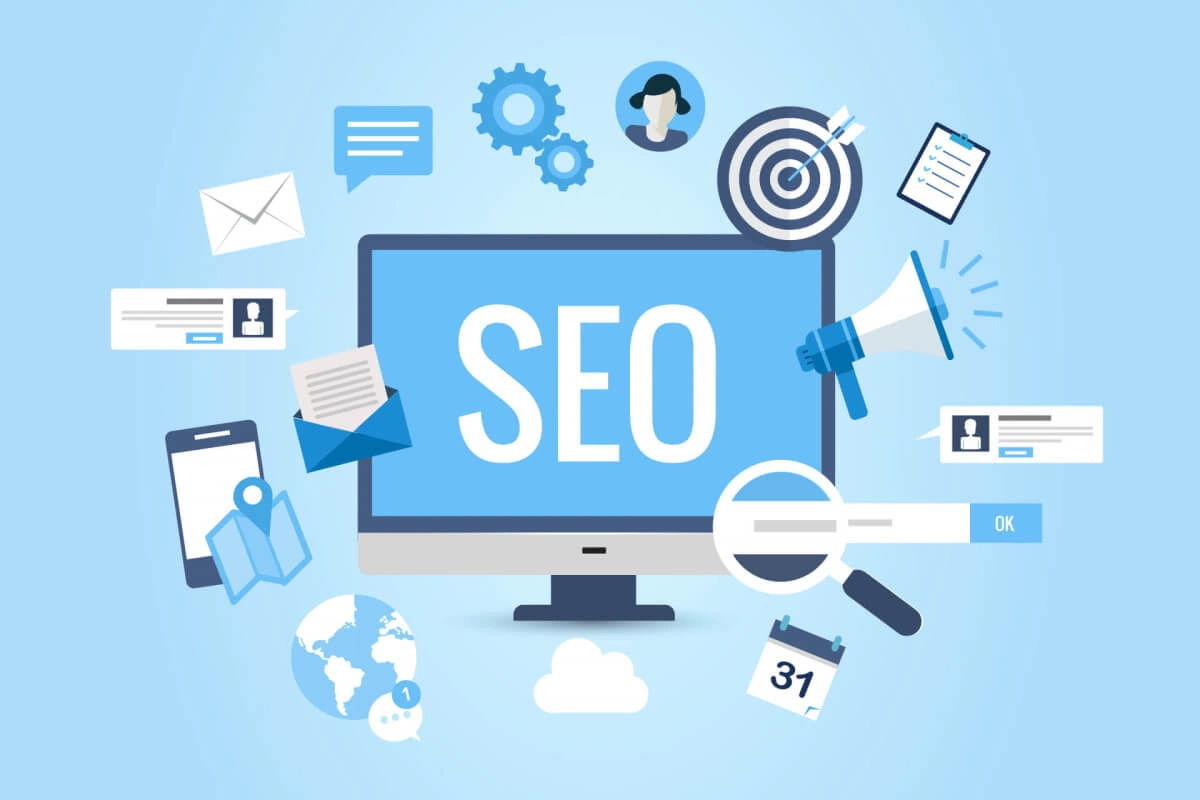
How Website Accessibility Can Improve Your Reach and SEO Performance
Website accessibility isn’t just about inclusivity—it’s also a powerhouse strategy for expanding your audience and boosting your search rankings. An accessible website ensures that all users, including those with disabilities, can navigate and engage with your content seamlessly. And here’s the kicker: Google loves accessible websites, rewarding them with better SEO performance.
Why Website Accessibility Matters for SEO
Search engines prioritize user experience, and accessibility plays a big role in that. When your site is optimized for everyone, it becomes easier to crawl, understand, and rank. For instance, Google’s algorithms take into account alt text for images, proper heading structures, and mobile-friendliness—key elements of web accessibility (Semrush).
- Improved User Experience (UX) Means Better Rankings
A site that is easy to navigate benefits all users. Features like clear headings, keyboard-friendly navigation, and readable fonts enhance the experience for people with disabilities, while also making the site more user-friendly for mobile visitors and those with slow internet connections. Google’s algorithms prioritize positive user experiences, which can reduce bounce rates and increase time on site, both ranking factors (Neil Patel).
- Accessibility Features Improve Site Crawling & Indexing
Search engines rely on structured content to understand your pages. Features like:
- Alt text for images: Not only does this help visually impaired users, but it also helps Google understand your images (Semrush).
- Proper heading structures (H1, H2, H3, etc.): A well-organized page is easier for screen readers and search engines to interpret (W3C).
- Keyboard-friendly navigation: This ensures all elements are accessible, preventing frustrating experiences that could lead to high bounce rates (Neil Patel).
- Higher Engagement and Conversions
Making your site accessible widens your audience, reaching people who might have otherwise struggled to engage with your content. Businesses that optimize for accessibility see increased conversions because they cater to a broader customer base. For instance, Etsy has outperformed competitors like Amazon in accessibility and benefits from stronger organic keyword rankings (Neil Patel).
- Avoiding Legal Risks and Compliance Issues
Failing to meet accessibility standards can lead to legal trouble. The Americans with Disabilities Act (ADA) and Web Content Accessibility Guidelines (WCAG) set the bar for compliance. Many brands have faced lawsuits due to inaccessible websites, making it crucial to stay ahead of legal requirements (Semrush).
How to Optimize Your Site for Accessibility and SEO
- Use alt text for all images
- Ensure proper contrast ratios for readability
- Enable keyboard-friendly navigation
- Use clear, descriptive headings (H1-H6)
- Provide transcripts for audio/video content
- Ensure forms and buttons are accessible to screen readers
By integrating these accessibility best practices, you’re not only enhancing inclusivity but also future-proofing your website’s SEO performance. If you want a more competitive edge, an accessible website isn’t optional—it’s essential.
For more insights, check out Semrush’s accessibility guide and Neil Patel’s analysis on accessibility and SEO performance.